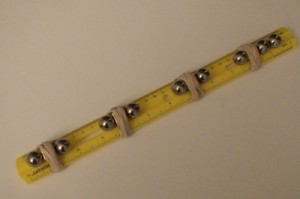 There are two ways to create a magnetic field. First, you can wrap wire around a nail and attach the ends of the wire to a battery to make an electromagnet. When you connect the battery to the wires, current begins to flow, creating a magnetic field. However, the magnets that stick to your fridge are neither moving nor plugged into the electrical outlet – which leads to the second way to make a magnetic field: by rubbing a nail with a magnet to line up the electron spin. You can essential “choreograph” the way an electron spins around the atom to increase the magnetic field of the material. This project is for advanced students.
There are two ways to create a magnetic field. First, you can wrap wire around a nail and attach the ends of the wire to a battery to make an electromagnet. When you connect the battery to the wires, current begins to flow, creating a magnetic field. However, the magnets that stick to your fridge are neither moving nor plugged into the electrical outlet – which leads to the second way to make a magnetic field: by rubbing a nail with a magnet to line up the electron spin. You can essential “choreograph” the way an electron spins around the atom to increase the magnetic field of the material. This project is for advanced students.
There are several different types of magnets. Permanent magnets are materials that stay magnetized, no matter what you do to it… even if you whack it on the floor (which you can do with a magnetized nail to demagnetize it). You can temporarily magnetize certain materials, such as iron, nickel, and cobalt. And an electromagnet is basically a magnet that you can switch on and off and reverse the north and south poles.
The strength of a magnetic field is measured in “Gauss”. The Earth’s magnetic field measures 0.5 Gauss. Typical refrigerator magnets are 50 Gauss. Neodymium magnets (like the ones we’re going to use in this project) measure at 2,000 Gauss. The largest magnetic fields have been found around distant magnetars (neutron stars with extremely powerful magnetic fields), measuring at 10,000,000,000,000,000 Gauss. (A neutron star is what’s left over from certain types of supernovae, and typically the size of Manhattan.)
Linear accelerators (also known as a linac) use different methods to move particles to very high speeds. One way is through induction, which is basically a pulsed electromagnet. We’re going to use a slow input speed and super-strong magnets and multiply the effect to generate a high-speed ball bearing to shoot across the floor.
For this experiment, you will need:
Please login or register to read the rest of this content.

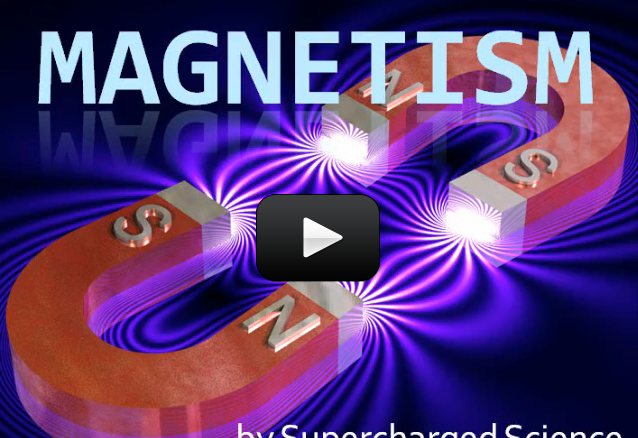
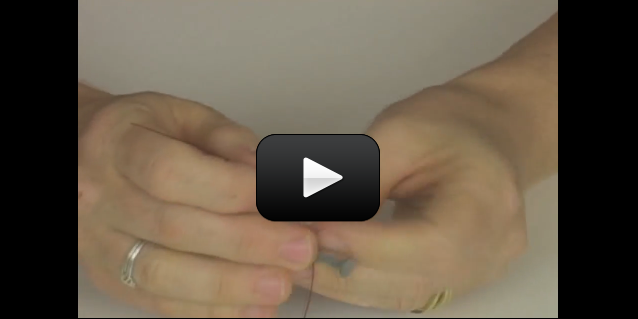

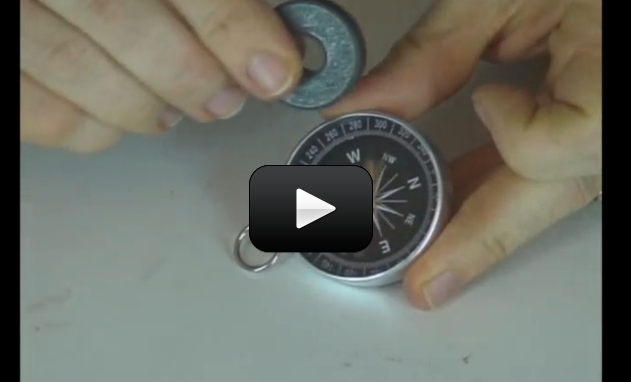
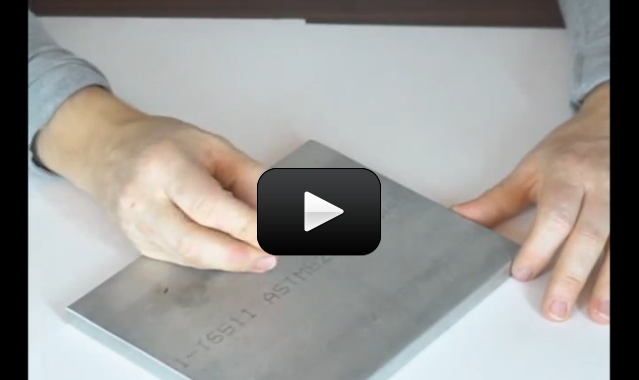

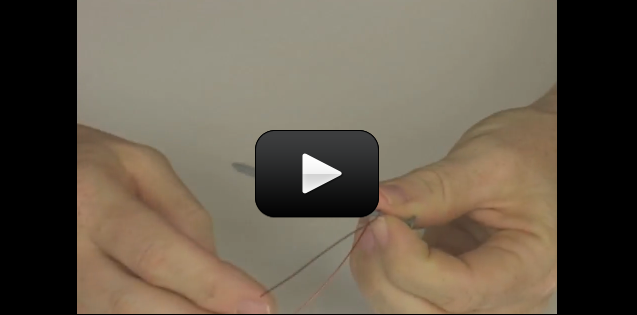
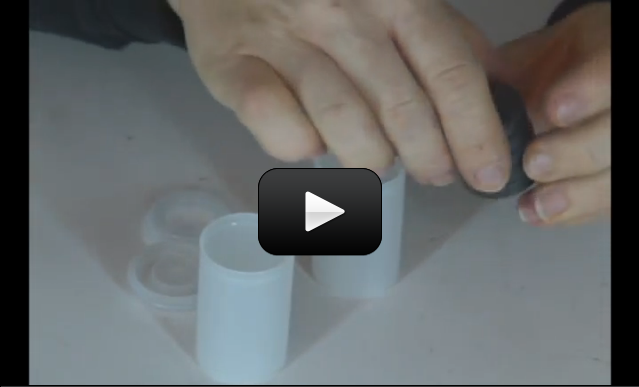
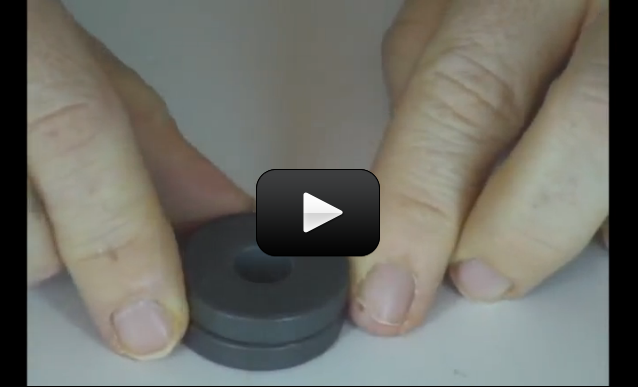
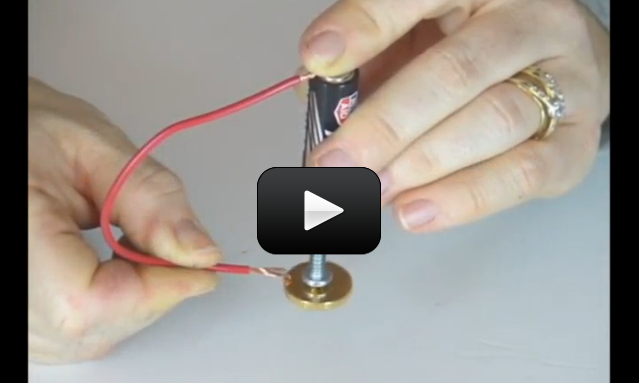
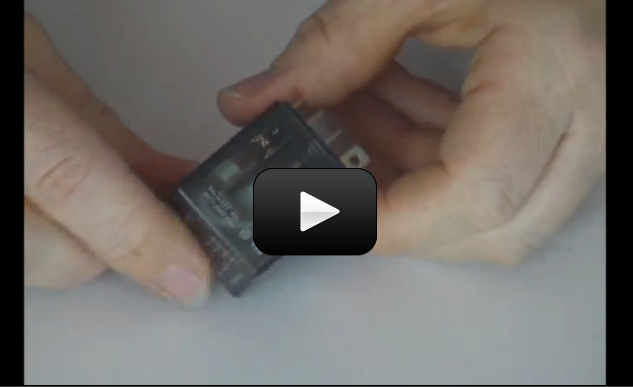
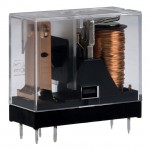 This experiment is for advanced students. If you’ve attempted the
This experiment is for advanced students. If you’ve attempted the 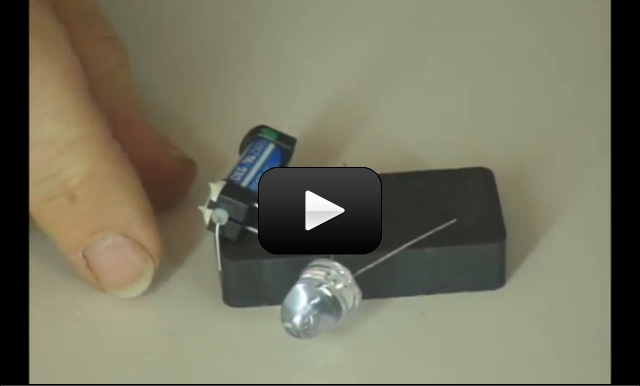
 Wouldn’t it be cool to have an alarm sound each time someone opened your door, lunch box, or secret drawer? It’s easy when you use a reed switch in your circuit! All you need to do it substitute this sensor for the
Wouldn’t it be cool to have an alarm sound each time someone opened your door, lunch box, or secret drawer? It’s easy when you use a reed switch in your circuit! All you need to do it substitute this sensor for the 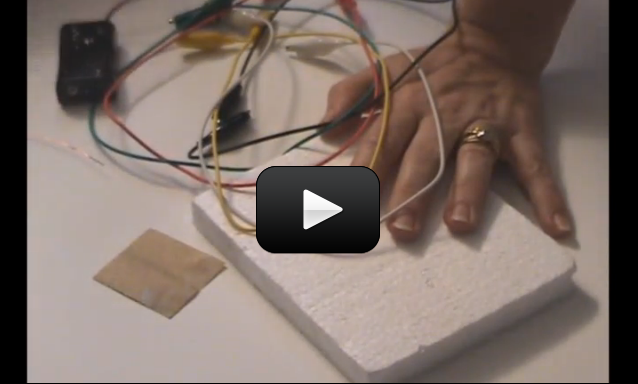
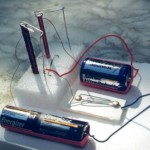 Relays are telegraphs, and they both are basically “electrical switches”. This means you can turn something on and off without touching it – you can use electricity to switch something else on or off!
Relays are telegraphs, and they both are basically “electrical switches”. This means you can turn something on and off without touching it – you can use electricity to switch something else on or off!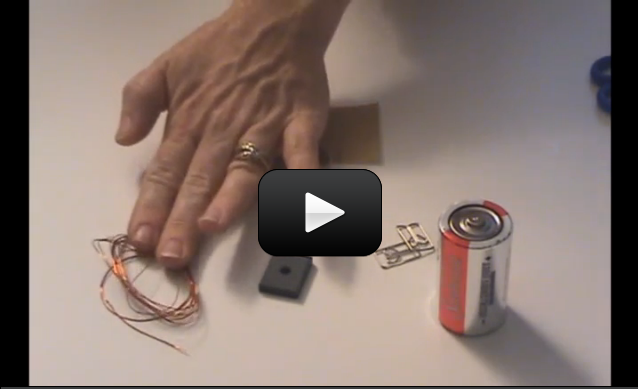
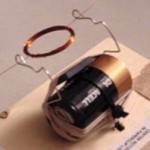 Imagine you have two magnets. Glue one magnet on an imaginary record player (or a ‘lazy susan’ turntable) and hold the other magnet in your hand. What happens when you bring your hand close to the turntable magnet and bring the north sides together?
Imagine you have two magnets. Glue one magnet on an imaginary record player (or a ‘lazy susan’ turntable) and hold the other magnet in your hand. What happens when you bring your hand close to the turntable magnet and bring the north sides together?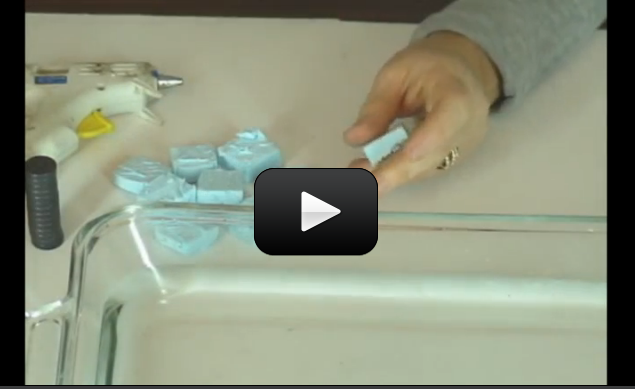
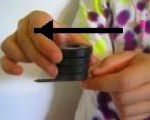
 Let’s play around with the idea of lining up all the mini-magnets inside an object to magnetize it. You’ll need a steel nail (steel is a combination of iron and carbon), a magnet (the stronger the better), and a few paper clips. Here’s what you do:
Let’s play around with the idea of lining up all the mini-magnets inside an object to magnetize it. You’ll need a steel nail (steel is a combination of iron and carbon), a magnet (the stronger the better), and a few paper clips. Here’s what you do: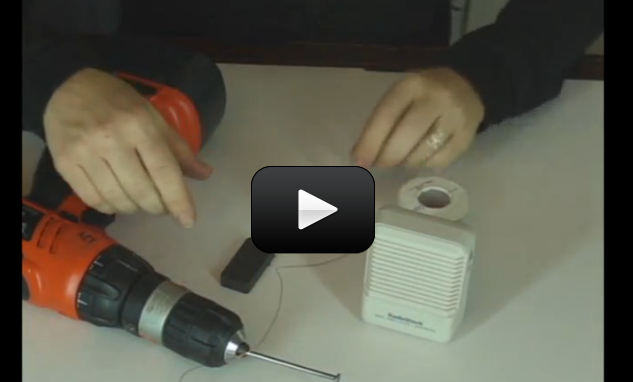
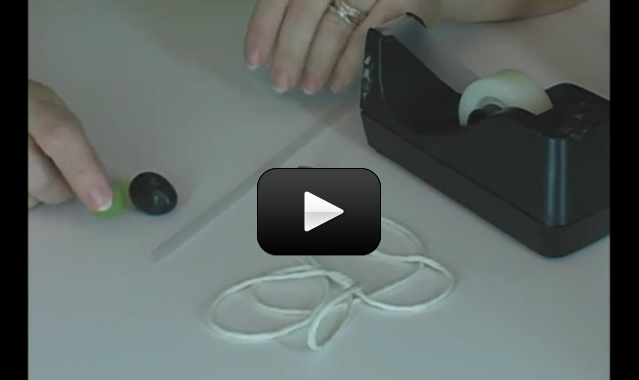

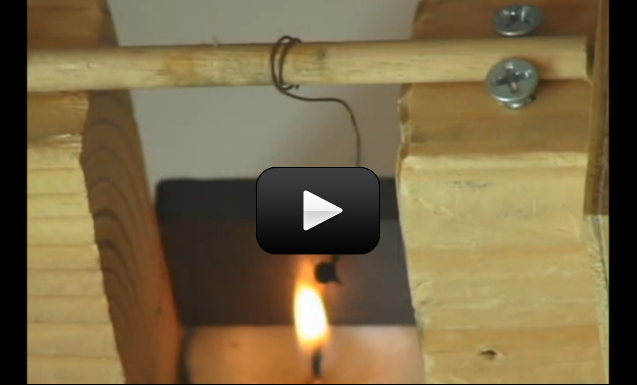


 There are two ways to create a magnetic field. First, you can wrap wire around a nail and attach the ends of the wire to a battery to make an electromagnet. When you connect the battery to the wires, current begins to flow, creating a magnetic field. However, the magnets that stick to your fridge are neither moving nor plugged into the electrical outlet – which leads to the second way to make a magnetic field: by rubbing a nail with a magnet to line up the electron spin. You can essential “choreograph” the way an electron spins around the atom to increase the magnetic field of the material. This project is for advanced students.
There are two ways to create a magnetic field. First, you can wrap wire around a nail and attach the ends of the wire to a battery to make an electromagnet. When you connect the battery to the wires, current begins to flow, creating a magnetic field. However, the magnets that stick to your fridge are neither moving nor plugged into the electrical outlet – which leads to the second way to make a magnetic field: by rubbing a nail with a magnet to line up the electron spin. You can essential “choreograph” the way an electron spins around the atom to increase the magnetic field of the material. This project is for advanced students.